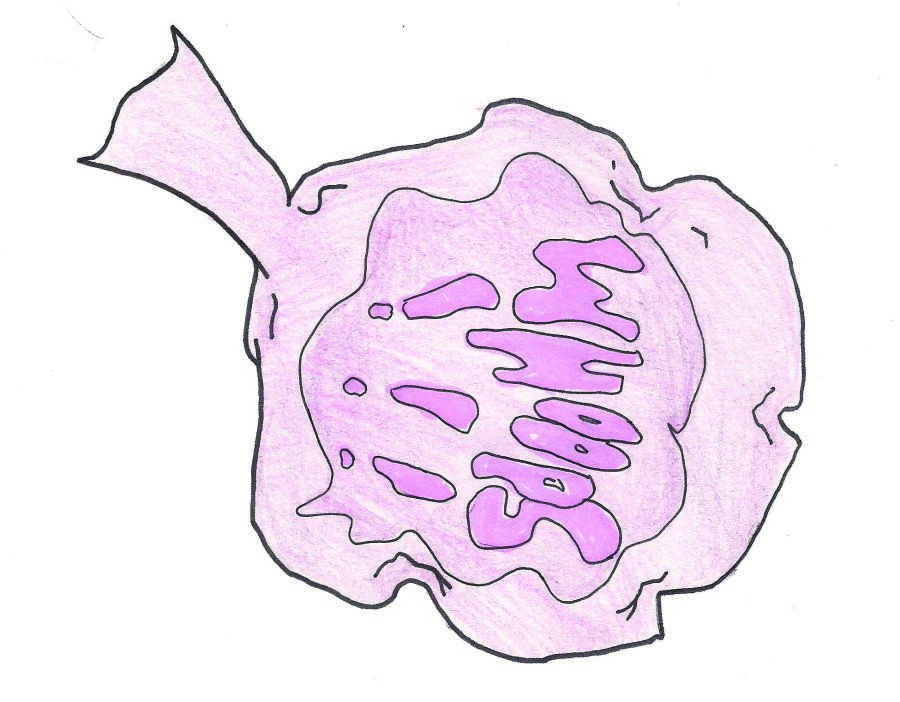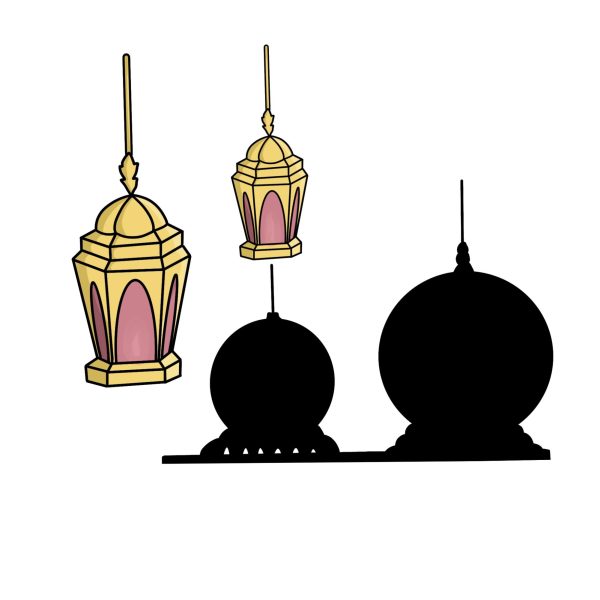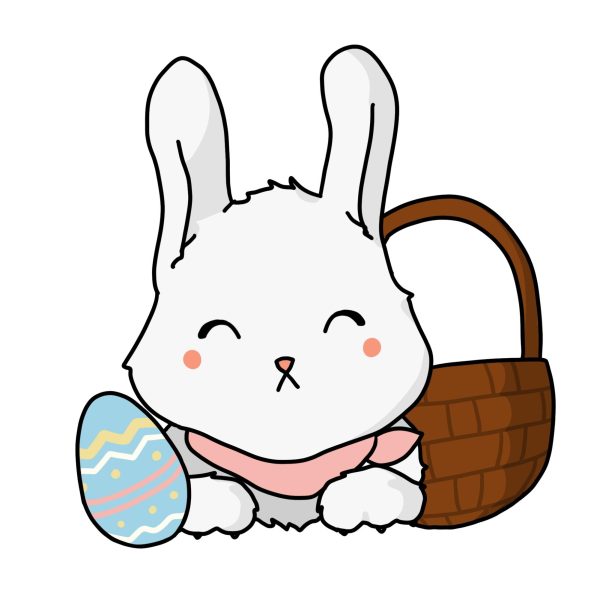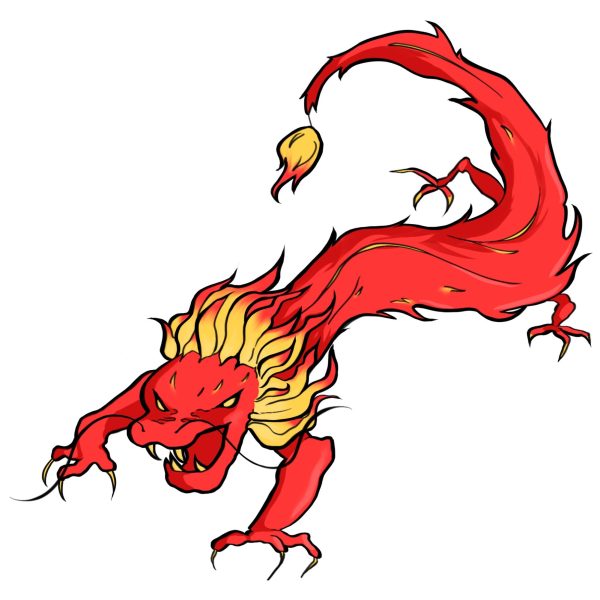Why April Fools’ Day?
March 4, 2016
Have you ever wondered why all of your friends pull practical jokes on you on the first day of April? April Fools’ Day is a day full of people pulling pranks and practical jokes for seemingly no reason. Apparently, there are multiple reasons for this annual tradition.
Ancient Romans and Hindus celebrated their new year on or around the first of April, also known as All Fools’ Day. There are rumors that the origin of April Fools’ is from the reign of Constantine, when court jesters told the Roman emperor that they could do a better job of running the country than he could. One website reports, “Constantine, amused, allowed a jester named Kugel to be king for one day. Kugel passed an edict calling for absurdity on that day, and the custom became an annual event” (infoplease.com). Absurd indeed.
According to the History Channel, another possible origin of April Fools’ Day is the calendar change. When France switched from the Julian calendar system to the Gregorian calendar system, New Year’s Day moved to January 1, but many were late to catch on and continued to celebrate New Year’s at the end of March. These New Year celebrations typically ended on April 1, so to continue and in a way make fun of these events, practical jokes became a practice. “People who were slow to get the news or failed to recognize that the start of the new year had moved to January 1 and continued to celebrate it during the last week of March through April 1 became the butt of jokes and hoaxes” (history.com).
According to the History Channel’s This Day in History, speculations about the origins of April Fools’ Day trace back to Scotland The website explains that the prank-pulling day was originally split into two days, “…starting with ‘hunting the gowk’ in which people were sent on phony errands (gowk is a word for cuckoo bird, a symbol for fool) and followed by Tailie Day, which involved pranks played on people’s derrieres, such as pinning fake tails or ‘kick me’ signs on them.” Who knew that “kick me” signs had such history behind them? (history.com).
Of course all these are just theories. In more modern times, the media greatly participates in April Fools’ Day. Newspapers, radios, TV stations and websites have been known to publish fictional stories to fool their audiences. In 1957, the BBC published a story that Swiss Farms were experiencing a record spaghetti crop; they even included footage of people harvesting noodles from trees. In 1985, Sports Illustrated published an article about a rookie pitcher named Sidd Finch who could throw a fastball at over 168 mile per hour. In 1996, Taco Bell announced that it was buying the Philadelphia’s Liberty Bell and renaming it the Taco Liberty Bell. In 1998, Burger King advertised a special sandwich for left-handed people. As if the hand you eat with is effected by perfectly round sandwiches. People supposedly still came in and requested this sandwich (history.com).
There are so many different ways to prank your friends, siblings, teachers and parents this April Fools’ Day. However, playing a prank on your teacher isn’t the best way to score an A.








